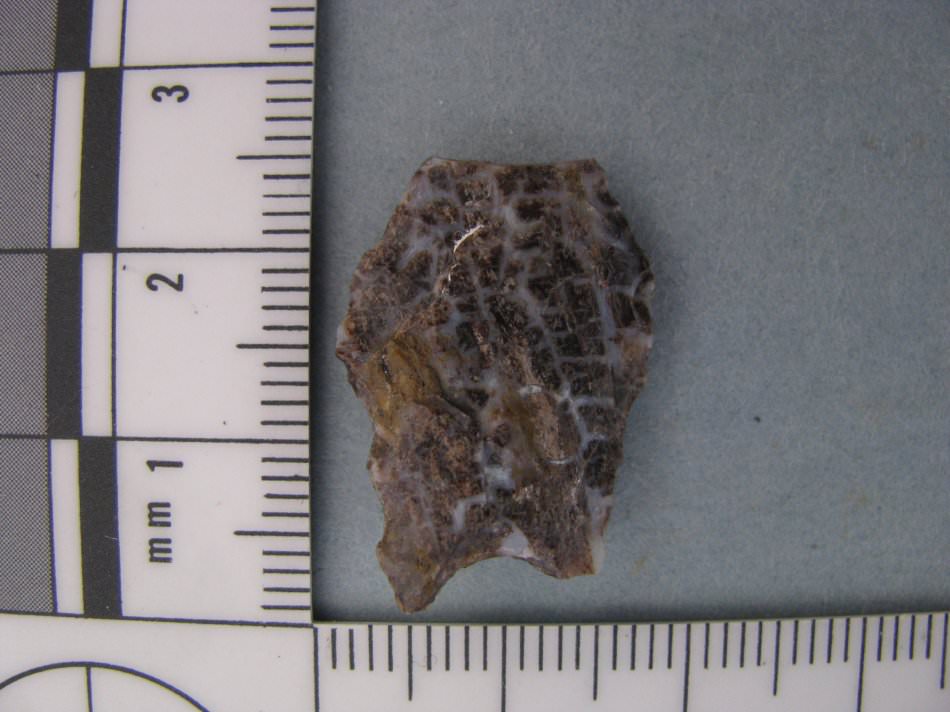


"By comparing these points with other sites of the same age and older, we can infer the spatial extents of social networks where this technological knowledge was shared between peoples." Some of this knowledge can be seen in the way people made stone tools, such as the projectile points found at the Cooper's Ferry site," Davis said. "The earliest peoples of North America possessed cultural knowledge that they used to survive and thrive over time. Their presence in Idaho adds more detail to the hypothesis that there are early genetic and cultural connections between the ice age peoples of Northeast Asia and North America.

The points are revelatory not just in their age, but in their similarity to projectile points found in Hokkaido, Japan, dating to 16,000-20,000 years ago, Davis said. The land is currently held in public ownership by the federal Bureau of Land Management. The Salmon River site where the points were found is on traditional Nez Perce land, known to the tribe as the ancient village of Nipéhe. But the discovery of projectile points reveals new insights into the way the first Americans expressed complex thoughts through technology at that time, Davis said. Previously, Davis and other researchers working the Cooper's Ferry site had found simple flakes and pieces of bone that indicated human presence about 16,000 years ago. "It's one thing to say, 'We think that people were here in the Americas 16,000 years ago ' it's another thing to measure it by finding well-made artifacts they left behind." "From a scientific point of view, these discoveries add very important details about what the archaeological record of the earliest peoples of the Americas looks like," said Loren Davis, an anthropology professor at OSU and head of the group that found the points. The findings were published today in the journal Science Advances. That's about 3,000 years older than the Clovis fluted points found throughout North America, and 2,300 years older than the points previously found at the same Cooper's Ferry site along the Salmon River in present-day Idaho.
Projectile point full#
The 13 full and fragmentary projectile points, razor sharp and ranging from about half an inch to 2 inches long, are from roughly 15,700 years ago, according to carbon-14 dating.


 0 kommentar(er)
0 kommentar(er)
